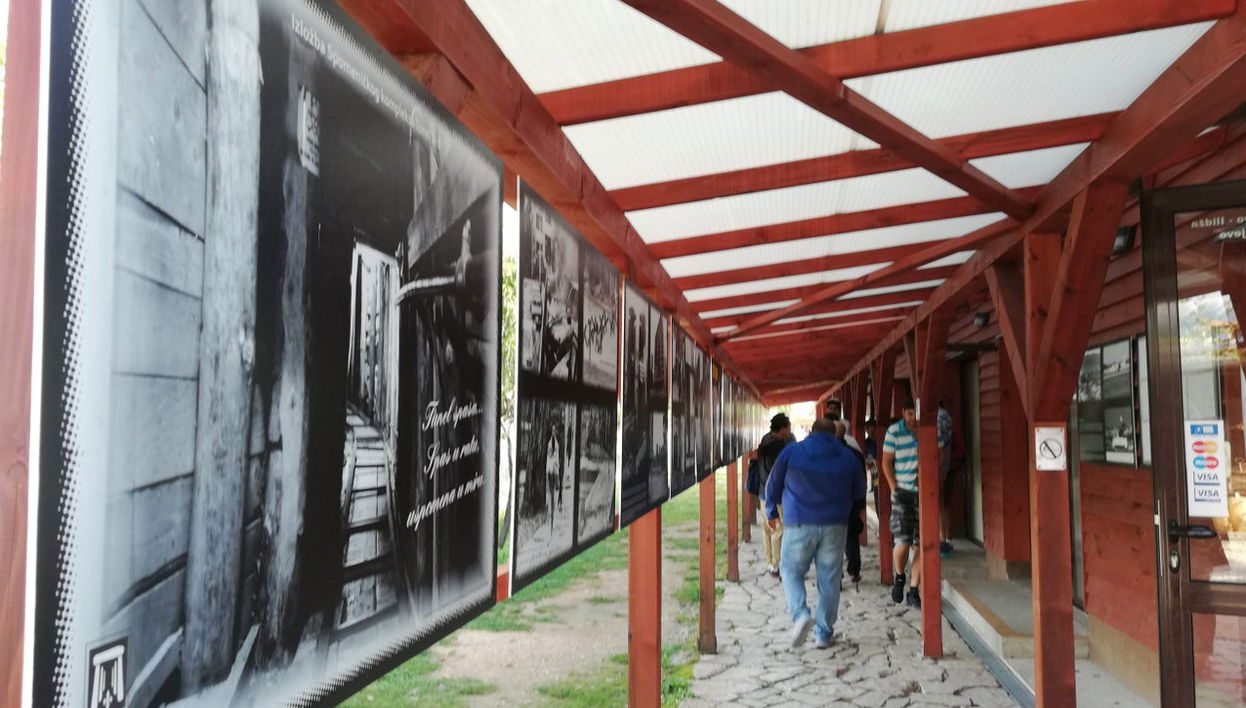
Tunnel of Hope Tour
During the Bosnian War, an 800-metre long underground structure was built for people to escape from the capital, Sarajevo. Discover its history on this tour of the Tunnel of Hope. Tunnel of Hope Tour.
- 2 hours
- 59 reviews
During the Bosnian War, an 800-metre long underground structure was built for people to escape from the capital, Sarajevo. Discover its history on this tour of the Tunnel of Hope.
Tunnel of Hope Tour
We'll meet at the indicated time at Zelenih Beretki 30 and then head towards one of the most significant places in the capital.
The route will take us through Sniper Avenue, known as one of the most dangerous areas during the war. We will then pass by the Markale market, site of a major massacre during Sarajevo's siege.
Next, we'll see the Presidency building, a key political site during the war, and the RTV Dom, the television building that informed the public during security crises. As we traverse the city, we'll discuss the design of the communist neighborhoods, reflecting Sarajevo's contemporary history.
After learning about these historical events, we'll arrive at the entrance to the Sarajevo Tunnel, located 5 meters (16 feet) underground and built in 1993 to facilitate escape during the war. This 800-metre-long (2,624 feet) underground passageway, known as the Tunnel of Hope, connected Sarajevo to the outside world during the siege, delivering food, medicine, and crucial links. Inside the museum, we will uncover the secrets of its construction and listen to stories from survivors. Visitors had to wear a mask to navigate due to the lack of ventilation.
Finally, we will return to the meeting point and conclude the 2.5-hour tour.
Prices
Included
- Transport by bus or minibus
- English–speaking guide
Not included
- Entrance fee to Sarajevo Tunnel: 20BAM per person, 8BAM per student with ID
Tips
- Accessibility: Not wheelchair accessible.




